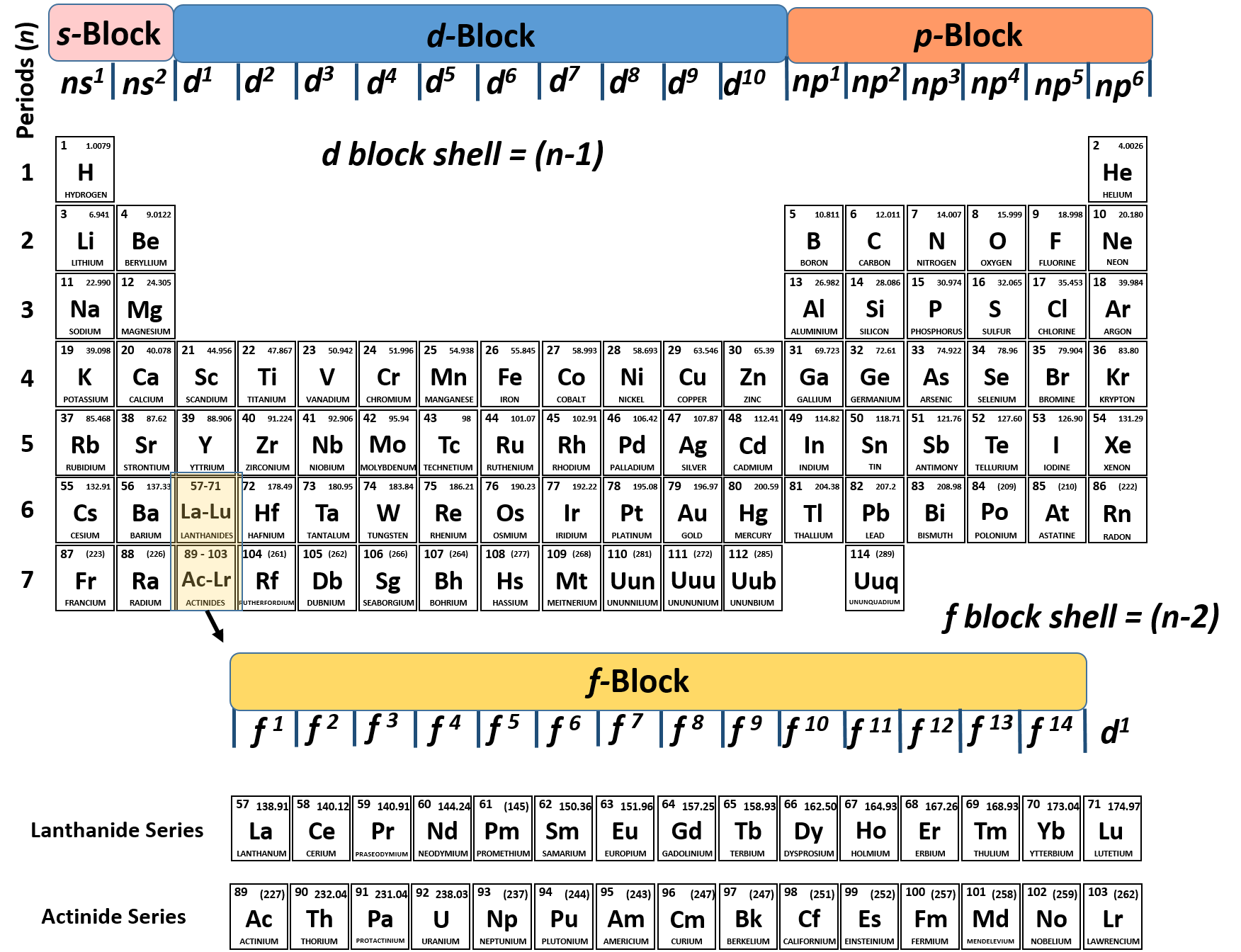

Understand the general idea of the quantum mechanical description of electrons in an atom, and that it uses the notion of three-dimensional wave functions, or orbitals, that define the distribution of probability to find an electron in a particular part of space.As their names imply, the HOMO is the molecular orbital that has the highest energy and contains electrons, while the LUMO is the lowest energy molecular orbital that does not contain electrons. We can focus further on two very important types of molecular orbitals: the highest occupied molecular orbital (HOMO) and the lowest unoccupied molecular orbital (LUMO), also referred to collectively as the frontier molecular orbitals (Figure 9.26 “ Frontier molecular orbitals HOMO and LUMO”). However, the molecular orbital diagram we see in Figure 9.25 (“ Molecular orbital energy diagram for homonuclear diatomic molecules made from atoms of atomic number 5-7″) can be used to estimate the electron configuration and bond order. In heteronuclear diatomic molecules, where two different molecules are bonded, the energy levels of the individual atoms’ atomic orbitals may differ. Molecular orbital energy diagram for homonuclear diatomic molecules made from atoms of atomic number 5-7. Head-to-head overlap of p atomic orbitals results in a bonding and antibonding molecular orbital, where the electron density is centred along the internuclear axis, making them σ orbitals (Figure 9.22 “ Head-to-head overlap of p orbitals”).įigure 9.25. The p orbitals can overlap in two ways: head-to-head or sideways. To determine the molecular orbitals of many other molecules, we need to examine how p orbitals combine to give molecular orbitals. Molecular Orbitals from p Atomic Orbitals The bond order can be determined for this molecule to be: The atomic orbitals that combine are of similar energy levels a 1s orbital does not combine with one of the 2 s orbitals. Similarly 2 s atomic orbitals combine, giving a bonding orbital and an antibonding orbital, which are filled with the remaining valence electrons starting from the bottom up. Notice that we have combined the 1 s atomic orbitals, as before in the H 2 example, to generate bonding and antibonding molecular orbitals that are completely filled by both atoms’ 1 s electrons. Molecular orbital electron configuration energy diagram for dilithium. This node of zero electron density is destabilizing toward the bond, making it higher energy, and subsequently this type of orbital is known as an antibonding molecular orbital (denoted by the asterisk in the orbital name).įigure 9.21. This type of combination results in an area of zero electron density between the two nuclei, known as a nodal plane (or node). The σ* 1 s orbital is generated by a destructive combination (or interference), where the wave functions of the two atomic orbitals cancel each other. These electrons are stabilized by attractions to both nuclei, and they hold the atoms together with a covalent bond. Notice in Figure 9.19 “ Hydrogen molecular orbital combination diagram” that the electron density of this orbital is concentrated between the two nuclei. This is the lower energy of the two molecular orbitals and is known as the bonding molecular orbital. The σ 1 s orbital is generated by a constructive combination (or interference), where the two atomic orbitals wave functions reinforce (add to) each other. The Molecular Orbitals of the Hydrogen MoleculeĬombining the 1 s orbitals of each hydrogen atom using LCAO, two molecular orbitals are generated σ 1 s (pronounced sigma one s) and σ* 1 s (pronounced sigma star one s). Molecular orbitals are associated with the entire molecule, meaning the electron density is delocalized (spread out) over more than one atom. The major difference between atomic and molecular orbitals is that atomic orbitals represent electron density in space associated with a particular atom. – They can hold a maximum of two electrons of opposite spin per orbital (Pauli exclusion principle). – They are filled from lowest energy to highest energy (Aufbau principle). Molecular orbitals share many similarities with atomic orbitals: MO theory takes the idea of atomic orbitals overlapping to a new level, where new molecular orbitals are generated using a mathematical process called linear combination of atomic orbitals (LCAO). Molecular orbital theory is a more sophisticated model for understanding the nature of chemical bonding. To complement this theory, we use another called the molecular orbital (MO) theory. Valence bond theory is able to explain many aspects of bonding, but not all. Learn to draw molecular orbital electron configuration energy diagrams.Gain an understanding of molecular orbital theory.


 0 kommentar(er)
0 kommentar(er)
